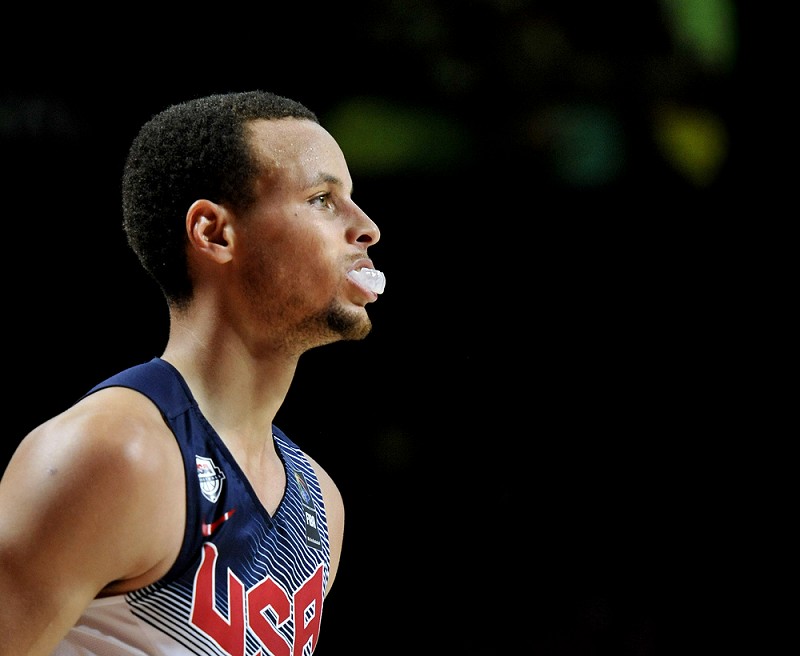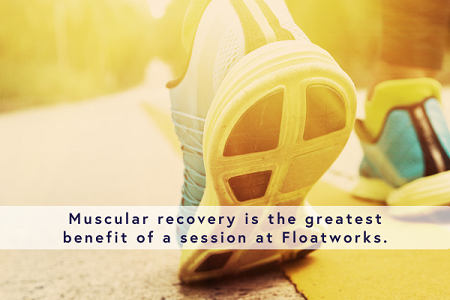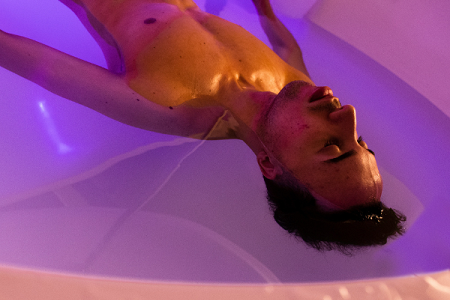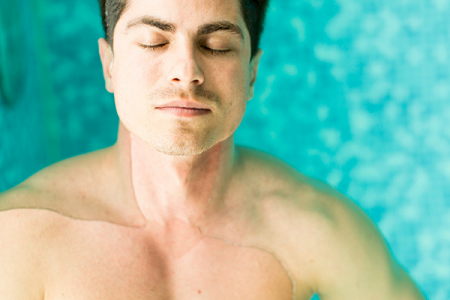How top athletes are floating to improve performance
With more top athletes using float tanks to improve performance and aid recovery, we explore how floatation has evolved to become intrinsic to mainstream sport…

Peak sporting performance, at the sharp end of the game, is all about small margins.
If you’ve ever read an interview with Team GB cycling guru Dave Brailsford, you’ll know without a doubt how much he values the concept of “marginal gains” as the secret behind their unprecedented success.
It’s led British Cycling on the track, and Team Sky on the road, to invest heavily in game-changing, state-of-the-art carbon fibre bike frames, revolutionary aerodynamic helmets, and even fleets of moving vans packed with bespoke mattresses to accompany their athletes around the world, and ensure Chris Froome and Co. always get a restful night’s sleep.
Thank you @Floatworks for my lovely peaceful final float pre Rio! #relaxation #floating #recovery pic.twitter.com/8PF9K1rLC5
— Susie Rodgers (@Susie_Rodgers) 28 August 2016
Extra special measures have also been taken by triathletes and footballers who’ve rebuilt their bedrooms into hypoxic altitude chambers to replicate the conditions of Kilimanjaro and boost their cardio or maintain fitness during injury.
It’s also seen the Wales Rugby Union convert their training ground’s shower rooms into -150˚C cryotherapy chambers for instant muscle recovery so they can push their players to work harder and more frequently.
Sports scientists and head coaches are constantly on the lookout for new methods to get the edge over the competition. So what’s newest marginal gain? Floatation.
Supermodel Elle Macpherson might have brought floating to the popular consciousness, but Team GB and the Australian Institute for Sport (AIS) have been exploring ways that regular floating can help secure World and Olympic medals for several years.
The tanks help their athletes in numerous ways. First they provide a space of sensory solitude or deprivation, which allows them to switch off from external distractions.
High concentrations of Epsom salts in the water provides a buoyancy that allows their body to float weightlessly, taking pressure off their joints, ligaments and tendons which you can’t even replicate lying in bed.
And the high levels of magnesium in the water absorbs into the muscles, restoring a crucial building block for bodily function and relaxation that most people don’t realise they’re deficient in.
From up-and-coming athletes to ultra-high-profile sports stars, users of float tanks are generally unanimous with their praise, with British sprinter Adam Gemili recently tweeting that floating is the “Best way to recover from a hectic week. If you’ve never floated before then I’m telling you you’re missing out!”
We couldn’t agree more, Adam!
Best way to recover from a hectic week. If you’ve never floated before then I’m telling you you’re missing out! pic.twitter.com/y6jFVZiIyR
— Adam Gemili (@Adam_Gemili) 1 April 2016
Ahead of the Rio Olympics, “Gemili turned to floatation”:http://www.dailymail.co.uk/sport/roadtorio/article-3531092/ADAM-GEMILI-injuries-m-better-ready-race-hopefully-qualify-Rio.html#ixzz46HAi837c to help him relax and recuperate after intensive training, while also juggling a university degree in Sport and Exercise Science.
Four years previously, before the 2012 Olympics, triple-jumper Phillips Idowu and rower Alex Gregory – who followed up gold in London with another in Rio – “championed the benefits they enjoyed from floating.”:http://www.gloucestershirelive.co.uk/meet-the-cheltenham-man-taking-the-stresses-away-for-one-of-team-gb-s-biggest-gold-medal-hopefuls/story-29581813-detail/story.html
Across the pond, US basketball sensation Steph Curry credits his meteoric rise to all-star status, in part, to “his ability to visualise what he needs to do on the court in the serenity of the i-sopod tanks”:http://www.techinsider.io/steph-curry-interview-on-basketball-life-championships-2016-2.
“We call ‘em ‘floats’,” the Golden State Warriors’ point guard said to US site, Tech Insider. “They’re helpful with recovery and relaxing your muscles but also, the sensory-deprivation aspect of it. It’s one of the only places where you can really get unplugged from all the noise and distractions that goes on with daily life.”
Curry said he spends 90 minutes in the pods once every two weeks to recharge his batteries and focus on what he needs to do come game-day.
Eleven from Stranger Things and Steph Curry sure have a lot in common - super powers and a love for float therapy pic.twitter.com/wRrraH9nWZ
— John Intrater (@intrater) 23 August 2016
The resurgence of float tanks is relatively new, with the movement really coming back around 2010.
According to an interview in The Guardian with Justin Feinstein, a clinical neuropsychologist who studies the effects of floating at the Laureate Institute for Brain Research, said that in 2009 there were only 20 flotation centres in the US. “These days, he says, there are over 300 places to float across the country.”:https://www.theguardian.com/lifeandstyle/2016/mar/30/anxiety-sensory-deprivation-tanks-john-lilly
But despite these recent adopters, floatation has been around for decades.
The original float tank was developed over half-a-century ago back in 1950, the brainchild of American neurophysiologist Professor Dr John C. Lilly. His first incarnation involved people being suspended upright and fully submerged with their head covered by an underwater breathing apparatus and mask.
Thankfully, the methodology has moved on a great deal since then. Now tanks are spacious (around the size of a car), you relax lying down, and float on the top of the salty water – without a breathing mask in sight.
You could even chart the history of floatation back further. The conditions in floatation pods have been likened to those of the Dead Sea, which was allegedly one of the world’s first health resorts used by Herod the Great. That was over two millennia ago, when the Roman King of Judea lived between 74BC and 4BC.
So, whether you’re a fan of ancient history or the NBA, it’s safe to say floatation has stood the test of time.
Are you a budding Olympic superstar? Or even just an avid sports-lover? Check out our latest floating offers to find out firsthand how floating will increase performance…










